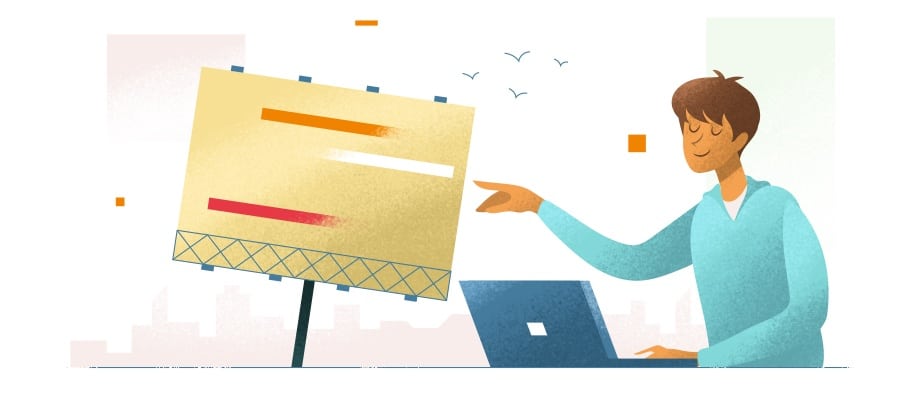The Top Press Release Writing Mistakes to Avoid

A press release is absolutely essential for businesses looking to promote the launch of their new product, service, or event. By sending various media outlets a press release, businesses are catapulted into the public eye in a bid to boost sales and recognition – however, with such publicity comes scrutiny, so it is really important to make sure that the press release writing is perfect.
Despite the popularity of social media, a press release is still essential, and is often more professional than releasing a small announcement on Twitter or Facebook, for example. However, whether the press release is written by yourself, a professional press release writing agency or someone in-house, there are a number of mistakes to avoid.
Not providing enough information is a rookie error and will mean the press release is unsuccessful in promoting the business. Make sure every relevant fact and figure is covered, including the company name and where it is based.
Make sure the press release is long enough, as well. If a press release is too short, then it probably means you haven’t included enough information (see above). Look to include the following six questions: who, what, when, where, why and how. If all these are covered, then your press release has a reasonable length.
Also, be sure not to write in the first person. Writing in the third person is more professional and this is how all the top media outlets write their press releases.
Make sure the content of the press release is of the highest quality. If it contains too many words in CAPS or incorrect grammar, or even if the copy is over-hyped and contains a number of exclamation points, it can come across as unprofessional, or might even be confused with a spam message. This includes the title as well – make sure it is concise, catchy and includes key points.
In terms of the actual content, this must not sound too promotional because it will come across as a sales pitch and will put readers off. The copy must also use new quotes from relevant interviewees and not simply cut and paste them from an already released material in newsletters or websites.







